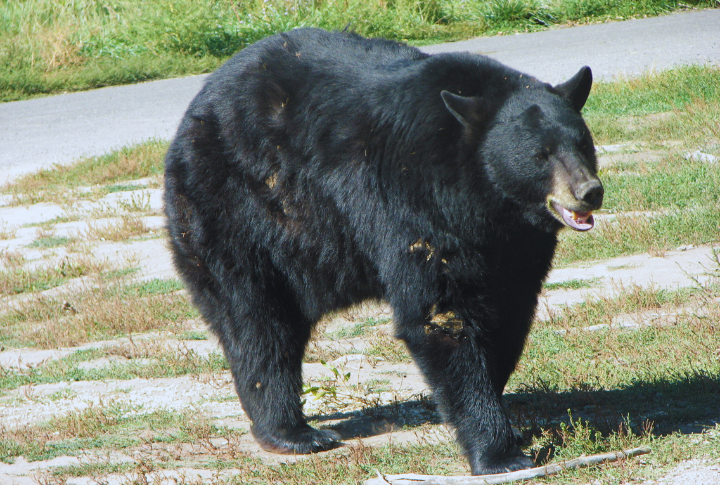
Black bears are becoming regular visitors in certain parts of the U.S. Their populations are booming, and some states are turning into prime bear territory. Let’s explore where these majestic creatures are making their mark and why these states are perfect for them.
Maine

Maine is a bear country, with around 35,000 black bears calling its vast forests home. What’s fascinating about Maine’s black bears is how they enter a state of torpor during the harsh winters to conserve energy until spring.
California
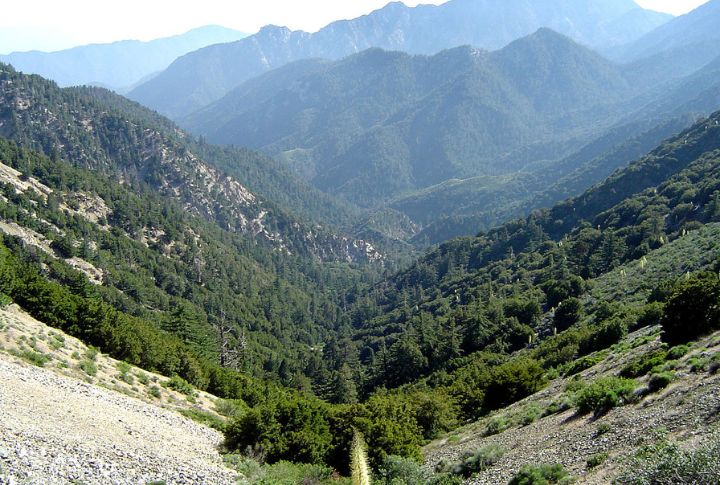
With an estimated 25,000 to 35,000 black bears, California’s diverse landscape is a haven for these animals. In recent years, they’ve increasingly ventured into urban areas, leading to more encounters with humans as they search for food.
Alaska
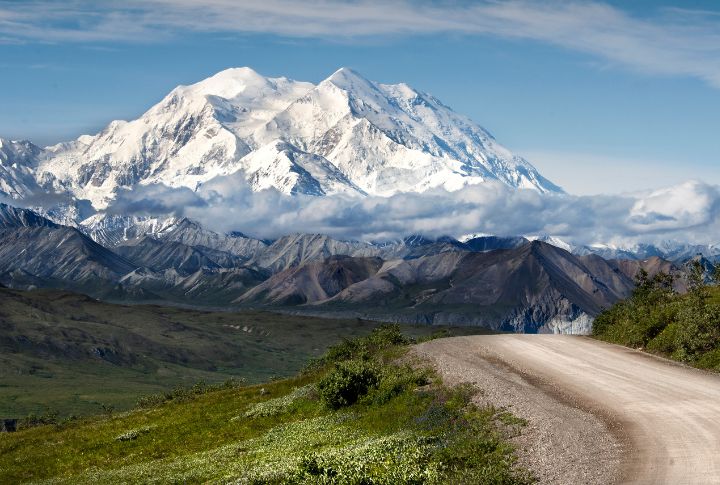
While Alaska might be known for grizzlies and polar bears, it’s also home to about 100,000 black bears. These bears have adapted impressively to the harsh Arctic climate, developing thicker coats and a greater tolerance for the cold.
North Carolina

North Carolina’s black bear population has surged to over 20,000, particularly in the Great Smoky Mountains National Park. As they survey their territory from high above, these agile climbers are a delight for nature lovers.
Pennsylvania
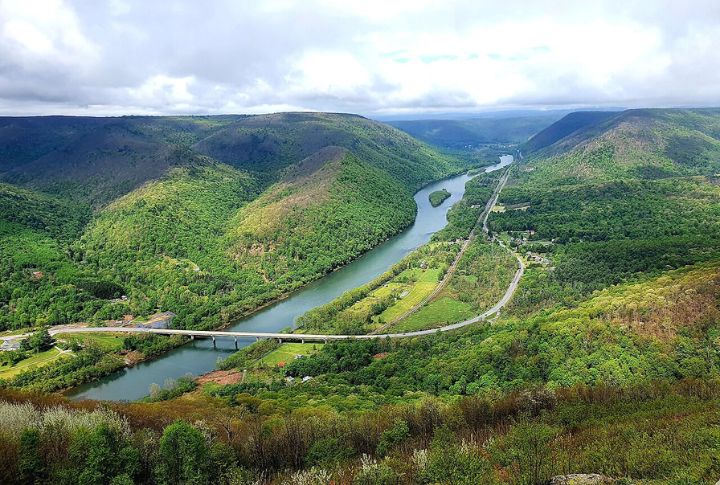
With more than 20,000 black bears, Pennsylvania is a common hotspot for bear sightings. As the only bear species in the state, these creatures are protected, with strict laws prohibiting the feeding of bears to prevent unwanted visits.
Oregon
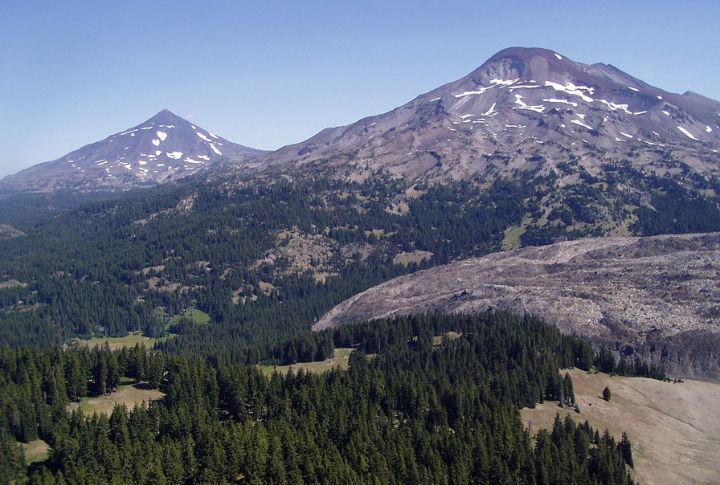
Oregon’s lush forests, especially in the Cascade Mountains, are home to about 25,000 to 30,000 black bears. The bears play a vital role in the ecosystem, dispersing seeds and controlling insect populations.
Idaho

This state’s 30,000 black bears are key to maintaining the balance between prey and predator species. They primarily reside in mountainous regions like the Sawtooth and Bitterroot ranges, with diets rich in berries, nuts, and small mammals.
Virginia
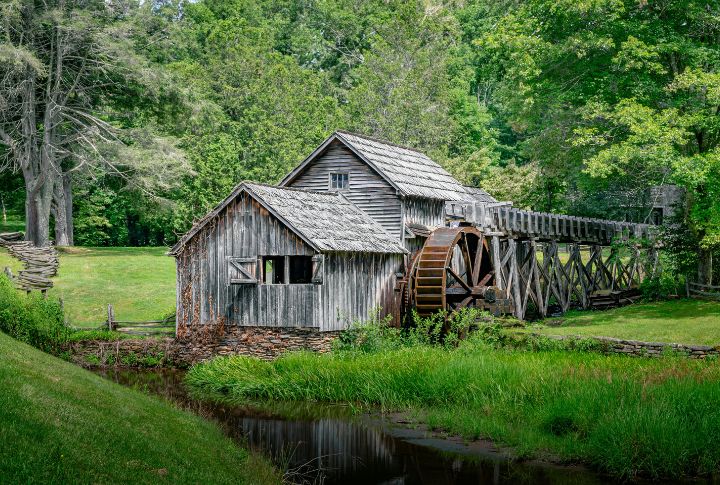
The black bear population has grown to 17,000, leading to more frequent human encounters in the state. These adaptable bears often find safety in trees and are known to lounge on branches, observing their surroundings.
New Jersey
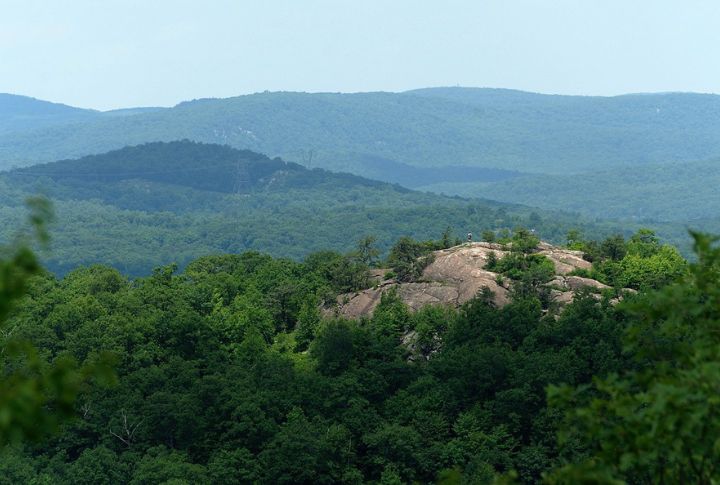
Since the 1980s, New Jersey’s black bear population has been increasing its range both southward and eastward from the forest areas of northwestern New Jersey. As of 2020, there were confirmed bear sightings in all 21 New Jersey counties.
Tennessee
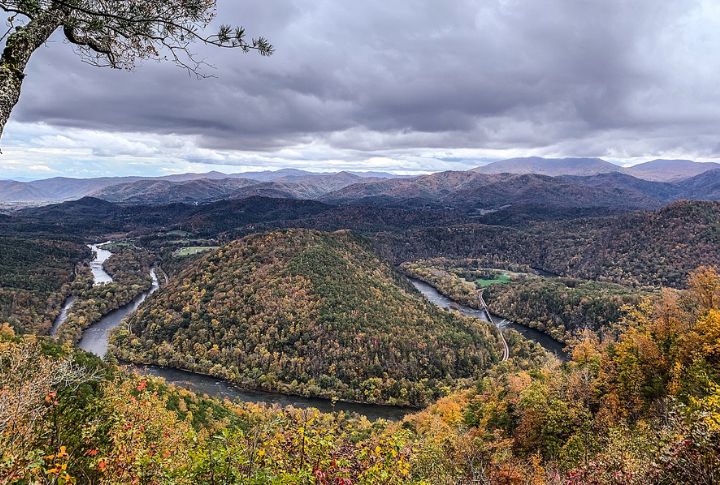
With an estimated 5,000 to 6,000 black bears, these animals thrive in the state, where mothers teach their cubs valuable survival skills. Tennessee’s black bears are unique in their social behavior, often forming small family groups.
West Virginia
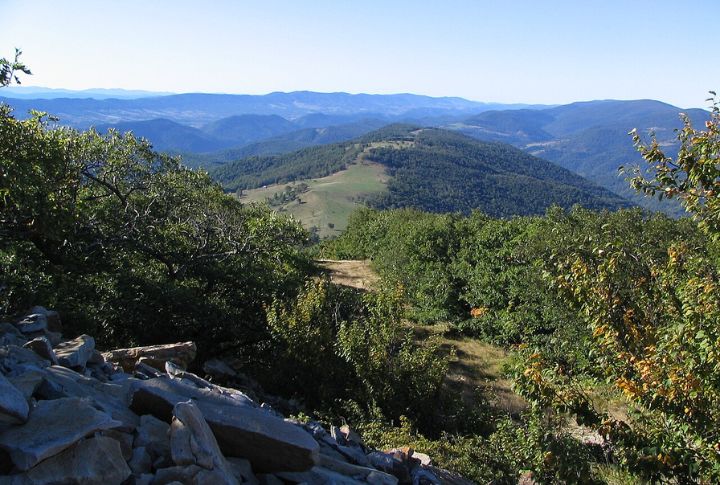
About 12,000 to 14,000 black bears live in West Virginia’s dense forests and rugged terrain. The adaptable creatures often take advantage of human presence, especially when raiding garbage cans.
Michigan
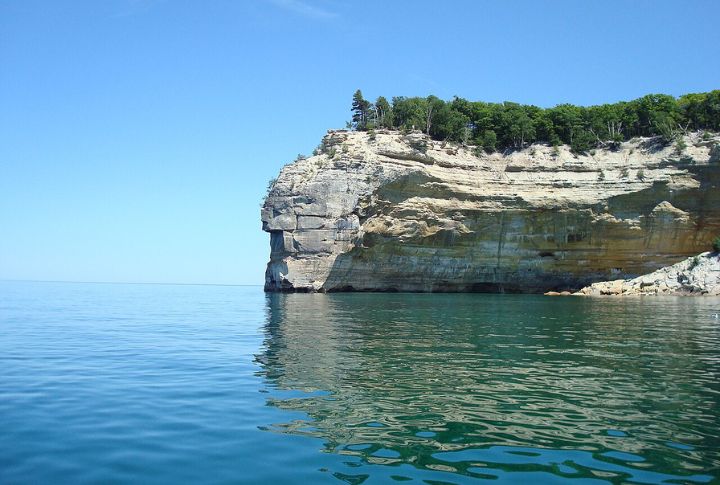
If you’re in Michigan, places like Porcupine Mountains Wilderness State Park or Pictured Rocks National Lakeshore are prime spots to see black bears. Such typically shy bears eat everything from berries to bugs, with regulated hunting keeping their numbers in check.
New Hampshire
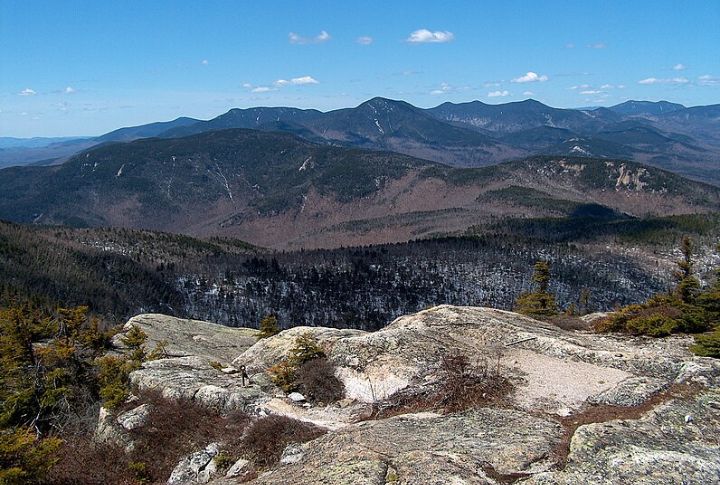
In New Hampshire, black bears roam the White Mountain National Forest and other wooded areas. These omnivores are mostly active at dawn and dusk, with guided tours and educational programs offering opportunities to observe them.
Montana

Montana’s 13,000 to 17,000 black bears thrive in dense forests and rugged terrain. Hikers and campers often share tales of unexpected encounters, from bears foraging for berries to cubs playing in the meadows.
Minnesota
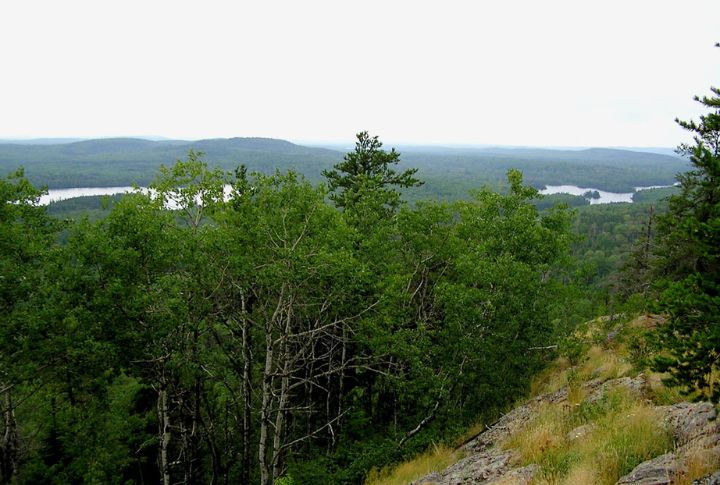
This is home to roughly 13,000 to 18,000 black bears. These bears are subject to sport hunting, with around 2,300 harvested annually. They travel long distances in the fall to find food-rich areas, such as acorn-filled forests, before winter sets in.

